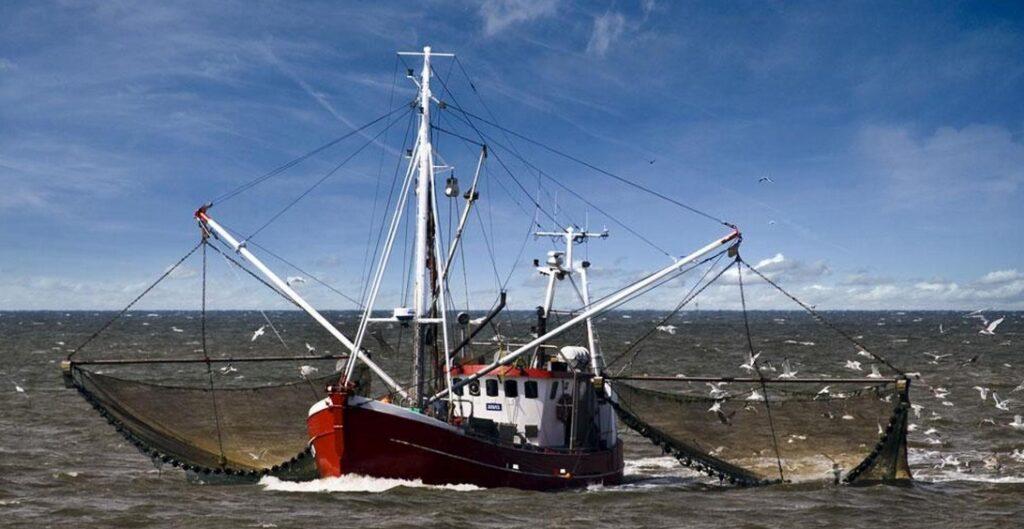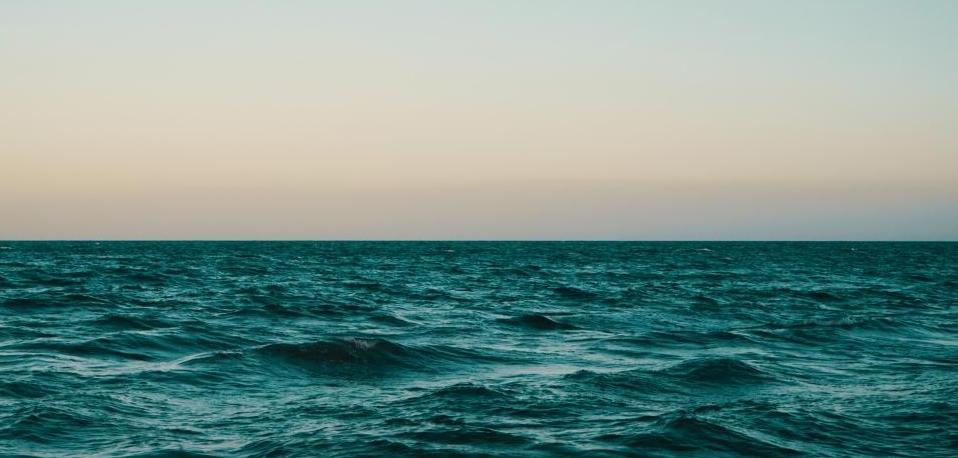Philippe Cury, a marine ecologist, presents a bleak depiction of the ocean’s condition, describing a scenario where the fish are becoming smaller and smaller, ecosystems are disrupted, and carbon sinks are devastated.

What is the condition of marine biodiversity?
The current state of marine biodiversity is dire, with 43% of fishery resources being overexploited today compared to just 10% in the 1950s, according to the latest findings from the Food and Agriculture Organization of the United Nations. However, this figure is likely an underestimation since only a third of species have been assessed. Shockingly, 10 out of the 86 known species of sharks have not been sighted for several decades. The situation worsens with trawling, which accounts for 60% of global catches and causes massive destruction of animal forests, including sponges, corals, worms, and other mollusks that constitute the ocean’s biodiversity. As a result, more than half of oceanic life is at risk of extinction.
What are the repercussions?
One of the outcomes is the “nanification” of the oceanic environment. Overfishing has caused fish to be caught at such a young age that they do not have enough time to mature fully, and some epigenetic modifications are influencing their growth. Consequently, the average weight of all marine fish species has declined from 800 to under 200 grams in just a few decades. This shift has a severe impact on the equilibrium of marine ecosystems, leading to the proliferation of jellyfish and fast-growing species like octopuses.
For instance, in Namibia, the overfishing of sardines and anchovies, which accounted for 10 million tonnes, has resulted in the appearance of four times as many jellyfish and fish larvae that consume eggs. Such transformations have catastrophic cascading consequences for all ecosystems. Along the Namibian coastline, 80% of Cape boobies, a native seabird species, have vanished since they have to consume less fatty hake due to the absence of sardines. Consequently, the protection of their offspring is inadequate.

Does the scarcity of marine life impact life on the land?
The biosphere, where biodiversity, climate, soils, and oceans coexist, is a remarkably slim layer compared to the vast cosmos. It houses all living beings and has remained relatively unchanged for millions of years until the industrial era’s excesses. Studies have revealed that whales could sequester a million tonnes of carbon before being hunted to near-extinction. Therefore, by harming marine biodiversity, humans jeopardize the climate that safeguards them.
Have we reached a stage where the changes are irreversible, a point of no return?
In numerous oceanic areas, we have surpassed the point of no return. These regions have evolved into anoxic environments, with gobies being the only surviving species capable of living without oxygen. Although we can still rescue vast sections by imposing stricter harvesting regulations and promoting local artisanal fishing, nature will require hundreds of years to restore its initial equilibrium where destruction has occurred. Nature has time, but we do not.

